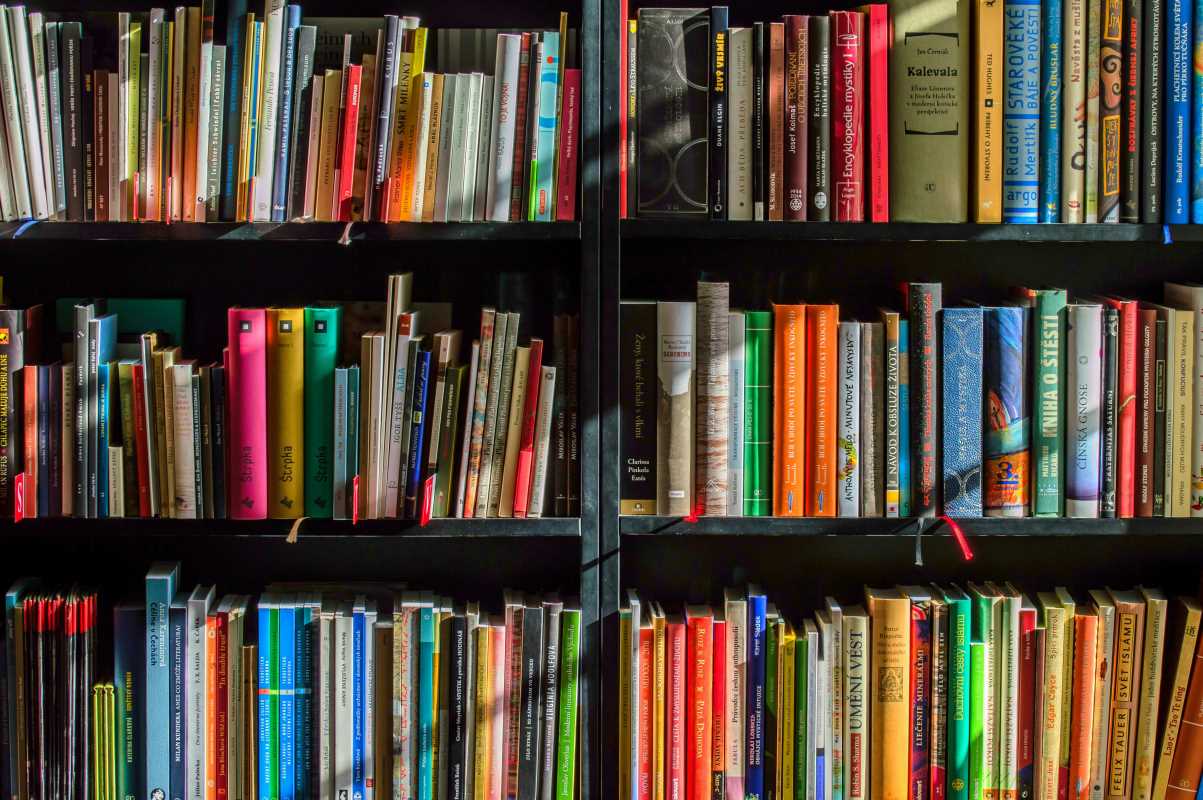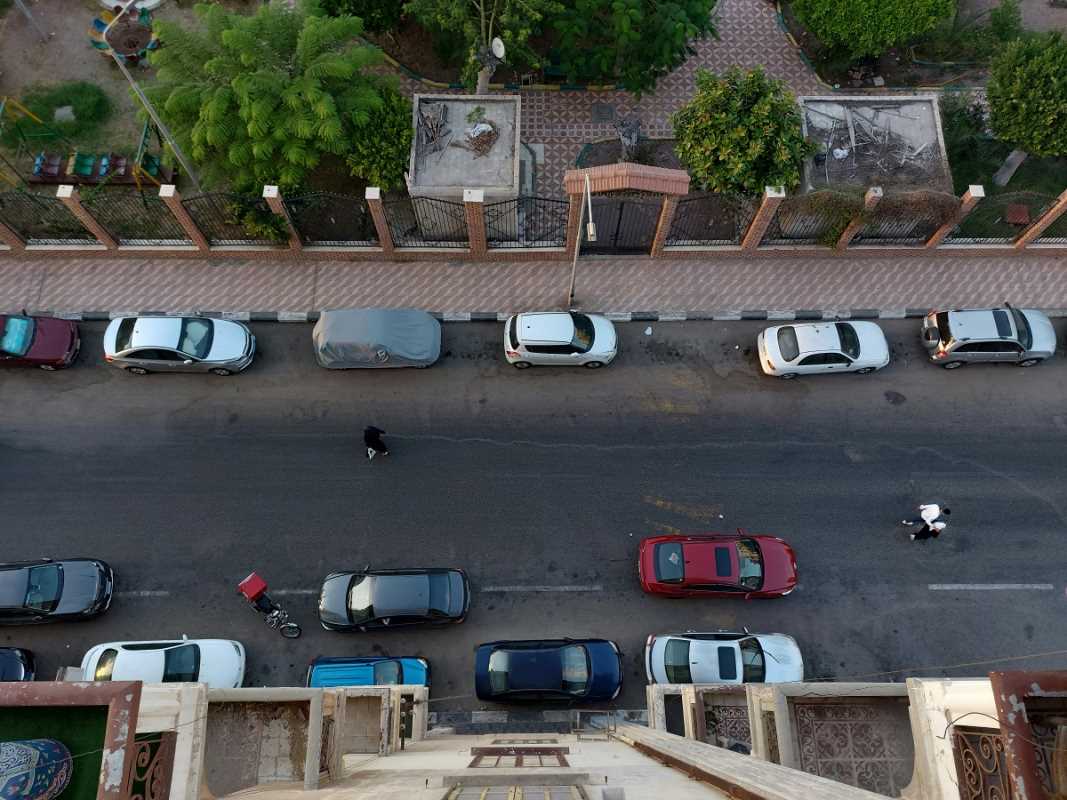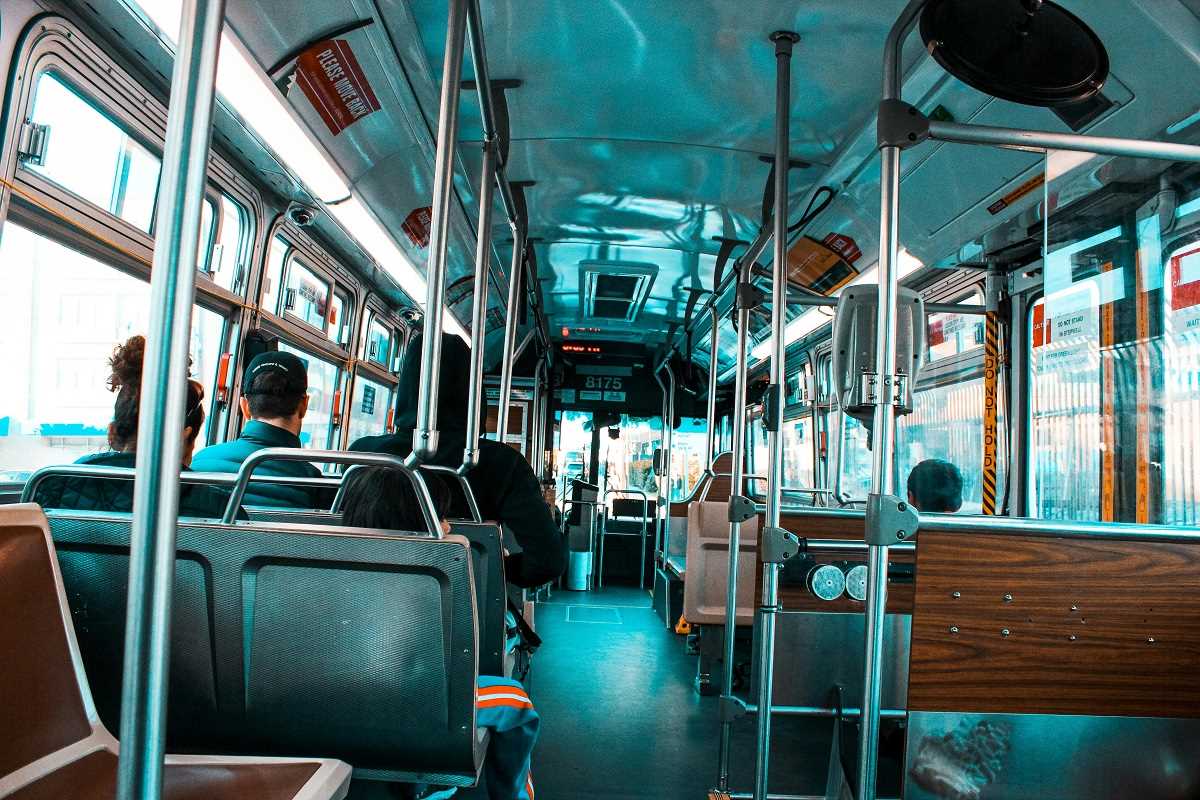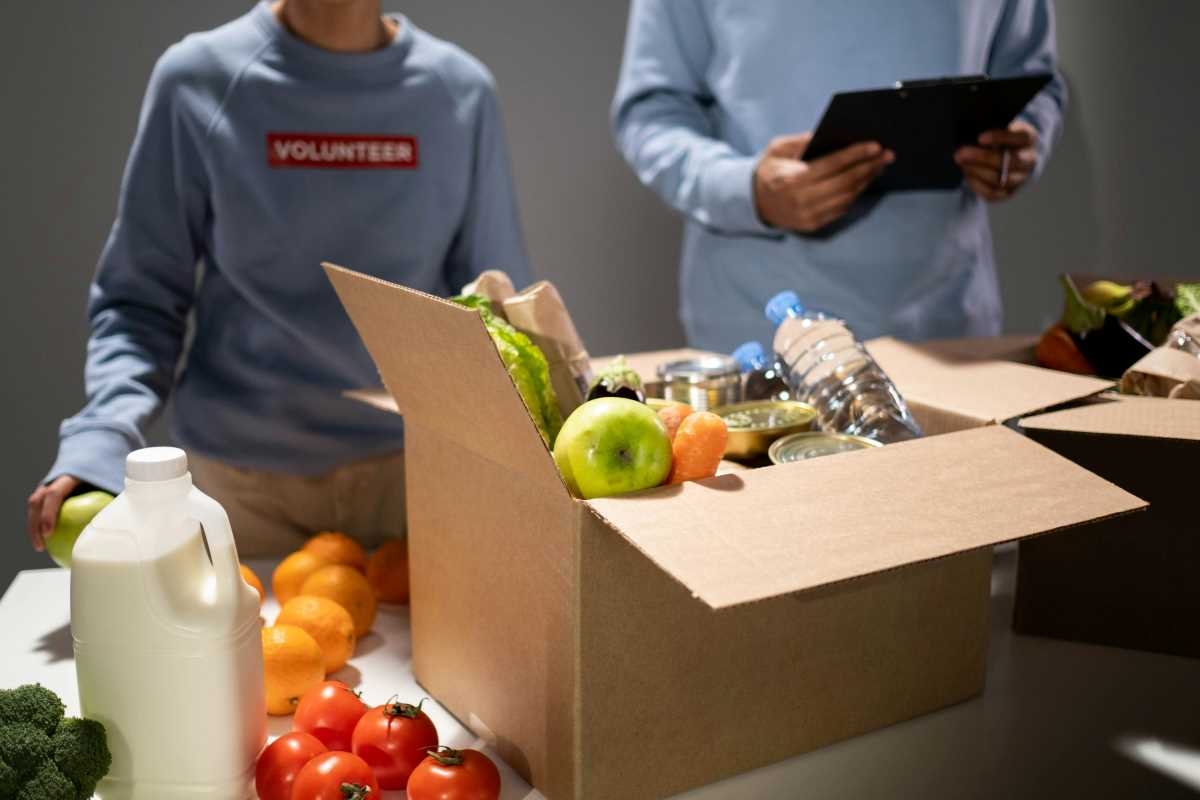In our interconnected world, global trends often overshadow the unique cultural fabrics of our local communities. The richness of specific traditions, from handcrafted arts to age-old festivals, can get lost in the noise of a fast-paced, homogenized society. A powerful counter-movement is taking root in neighborhoods around the globe, as people recognize the profound value of preserving their local heritage. Reviving these traditions can be nostalgic and is a vital way to strengthen community bonds, foster a sense of shared identity, and create meaningful connections between generations. By actively celebrating and sharing our local customs, we ensure that our communities remain vibrant, resilient, and deeply rooted in a story that is uniquely their own.
The Power of Intergenerational Storytelling
One of the most fundamental ways to keep local traditions alive is through the simple, yet profound, act of storytelling. Every community has a wealth of history, folklore, and personal memories held within its older generations. Creating structured opportunities for these stories to be shared makes sure they are not lost to time. This practice bridges the gap between young and old, fostering mutual respect and a shared understanding of where the community has come from. These oral histories provide context to local landmarks, explain the origins of annual events, and pass down the values that have shaped the neighborhood.
Communities are finding creative ways to facilitate this exchange. A powerful example is the "Living Library" project, where senior residents become "books" that can be "checked out" by younger community members for a conversation. This initiative turns personal histories into an interactive and engaging experience. Another effective approach is to partner with local schools to create an oral history project. Students can be assigned to interview a senior resident about a specific topic, such as what the town was like during their childhood or their memories of a particular local festival. These interviews can then be compiled into a community archive, a podcast series, or a printed booklet, preserving these invaluable stories for future generations and giving young people a tangible connection to their local heritage.
Revitalizing Traditional Crafts and Skills
Local crafts are a physical embodiment of a community’s culture and history. Skills like weaving, pottery, woodworking, or traditional food preservation techniques tell a story of a region’s natural resources and the ingenuity of its people. In a world of mass production, the act of creating something by hand is a powerful way to reconnect with these traditions. Supporting local artisans and creating spaces for these skills to be taught ensures they continue to thrive.
Many communities are establishing artisan co-ops or guilds that provide a platform for craftspeople to sell their work and teach their skills. These spaces often host workshops open to all ages, allowing residents to try their hand at a traditional craft. For example, a community in Appalachia might host quilting circles where experienced quilters teach patchwork techniques that have been passed down for centuries. In a coastal town, workshops on net-making or traditional boat-building can preserve maritime heritage.
Farmers' markets also play a crucial role. They provide a venue for demonstrating and selling traditional food products. You might find a vendor selling hand-pressed apple cider, traditionally cured meats, or preserves made from old family recipes. By purchasing these items and engaging with the artisans who create them, community members directly support the continuation of these culinary arts.
Reimagining Local Festivals and Celebrations
Annual festivals and public celebrations are the heartbeat of many communities. They mark the changing of the seasons, commemorate historical events, or simply provide an opportunity for neighbors to gather and connect. Over time, some of these events can lose their meaning or see dwindling participation. Reviving a local festival often means reimagining it to be relevant to a modern, diverse community while still honoring its original spirit.
One successful strategy is to involve new community members in the planning process. A traditional harvest festival, for example, could be expanded to include culinary traditions from the various cultures now represented in the neighborhood. This creates a more inclusive event where everyone feels a sense of ownership and belonging.
Another approach is to add a new, engaging element to an old tradition. A town’s Founder’s Day celebration could be enhanced with a historical reenactment put on by the local theater group, a scavenger hunt based on local history, or a storytelling competition where residents share their own "founding" stories of arriving in the community. The key is to make these events participatory. Instead of being passive spectators, residents become active creators of the celebration. This active involvement strengthens their connection to the event and to each other.
Creating Shared Spaces for Cultural Exchange
The physical spaces within a community can either encourage or hinder the preservation of local traditions. Community gardens, public parks, and neighborhood centers can all become hubs for cultural activity. These shared spaces provide a neutral and accessible ground where different generations and cultural groups can interact, share their traditions, and build lasting relationships.
A community garden, for instance, can be more than just a place to grow vegetables. It can be a space where older residents teach younger generations about traditional planting methods or heirloom plant varieties that are specific to the region. It can also be a place where immigrants share agricultural techniques and crops from their home countries, enriching the entire community’s horticultural knowledge. The shared work of tending the garden fosters easy conversation and natural mentorship.
Similarly, a local community center can host a series of cultural nights. Each event could spotlight a different tradition present in the neighborhood. One night might be a demonstration of traditional Irish dance, another might be a workshop on making Chinese dumplings, and a third could be a celebration of Dia de los Muertos. These events provide a fun and educational way for neighbors to learn about each other's heritage, breaking down barriers and fostering a more inclusive and understanding community.
Reviving local traditions in a globalized world is a conscious choice. It requires effort, creativity, and a commitment to the idea that our local identity matters. By sharing stories, teaching skills, celebrating together, and creating spaces for exchange, we weave a stronger, more resilient community fabric. We honor the past while building a more connected and meaningful future for everyone who calls our neighborhood home.
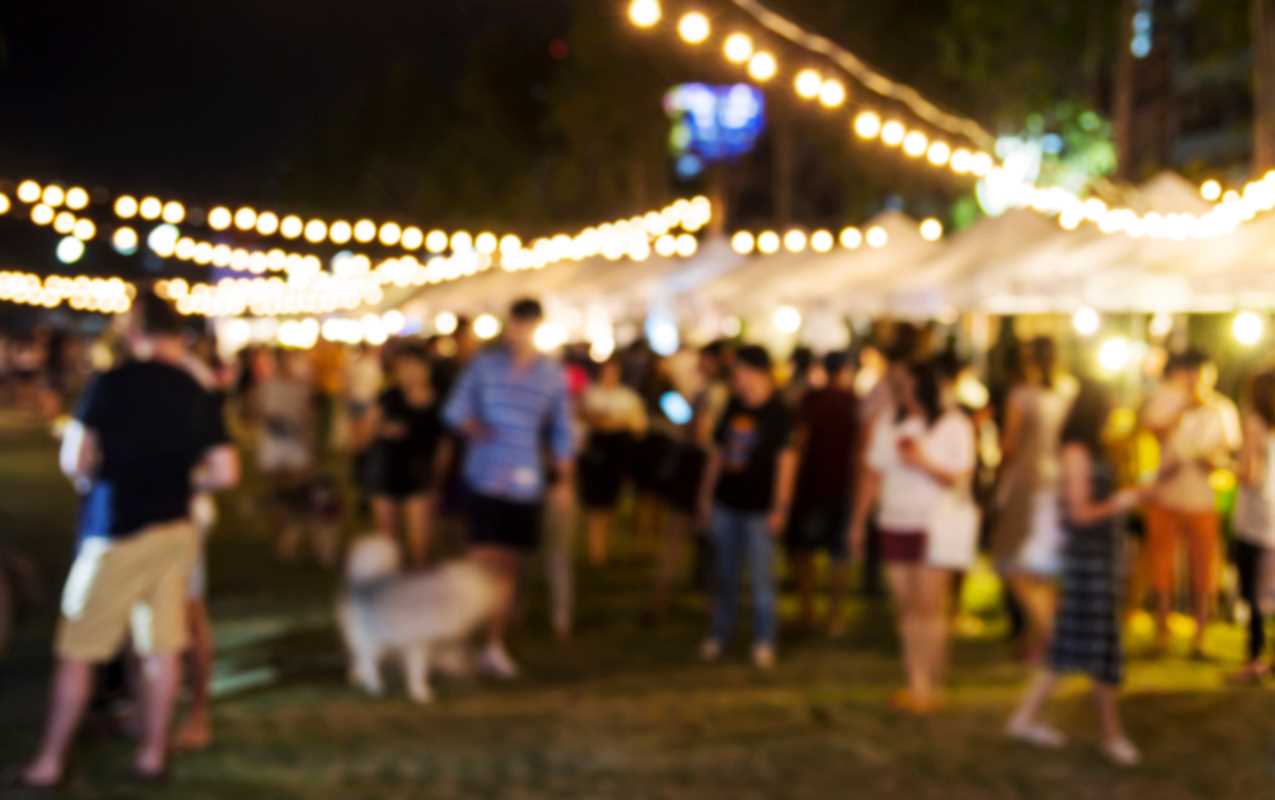 (Image via
(Image via

